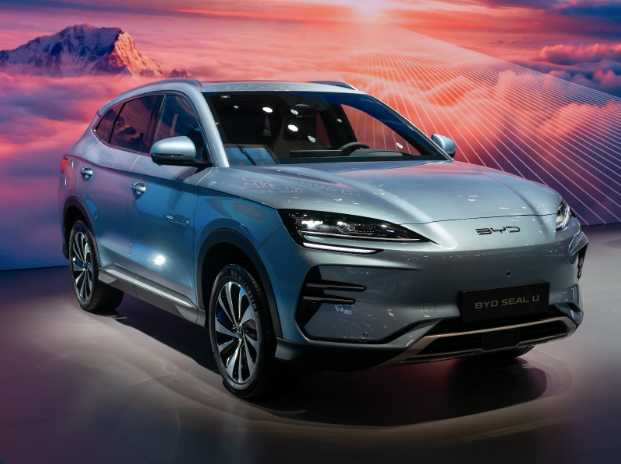Written by Avril Yu
Amidst forecasts of a future troubled by a climate change crisis and diminishing gasoline supply, the electric vehicle shines: it’s thought of as a newfangled, science fiction illustration—perhaps even a little presumptuous, in its youth and its ideals. If the electric vehicle seems that way even today, then the uncertainty surrounding its suitability for the mass market must have been incomparably intense 20 years ago, when the Chinese company known as BYD first set itself on a bold trajectory towards electric vehicles.
Primarily a battery company at that time, BYD had made a highly lucrative business out of supplying lithium-ion batteries for companies like Motorola and Nokia. Where most others would have been comfortable with this stable arrangement—smartphones were almost certainly here to stay, and they were almost certainly always going to need batteries in some form or another; BYD, then, could be assured of impressive profitability for many years to come—BYD CEO Wang Chuanfu possessed greater ambitions. For a long time, he had hoped that BYD would one day create batteries capable of powering cars.
The opportunity for the realization of this dream arose in 2003. An industrial conglomerate known as Norinco was struggling to devise a solution to deal with a company of theirs, Qinchuan Automobile. Qinchuan, having met its peak in the early 1990s and since sunken into a long decline with low sales and profit, was a great burden to Norinco—it was, then, more than glad to be able to sell Qinchuan to BYD at the latter’s request. Shortly afterwards, BYD announced its new objective: to pursue electric vehicles. Following this announcement, the value of BYD’s shares plunged by over a quarter. Investors were dismayed and analysts were uncertain at BYD’s commitment to walking on the nameless and troubled path of the then-weak automobile industry.
BYD set onto this path with the determination that had made it such a reputable character in the lithium-ion battery industry—or, critics say, with a dishonest eagerness for the ideas of others. BYD’s F3 car model, unveiled in 2005, was criticized for its similarity to the Toyota Corolla. Regardless of the truth behind the matter, the reality was that the F3, totaling 291,010 sales, was the best-selling car in China in 2009 (Gasnier). Aside from catching the attention of consumers, BYD also successfully caught the attention of famous American business magnate and investor Warren Buffett, who purchased a 10% stake in the company.
Following the success of the F3, BYD began to grasp at the shape of the electric vehicle company that its CEO had always envisioned it to be. Four years after the gasoline-powered F3 model, BYD introduced the world’s very first mass-produced plug-in hybrid car, the F3DM—and was met with catastrophic failure: the F3DM’s first year in the domestic market saw only 48 sales, and that number feebly ticked up to a measly 417 even after it was made accessible to the general public (BYD). BYD noted that among the reasons for the lack of consumer interest in the F3DM was an absence of efficient charging infrastructure and high cost (largely due to the batteries used in the vehicles). Though efficient charging infrastructure was an issue of a higher degree than BYD alone could handle, the high cost of the batteries was something that it could solve.
Unable to capture the consumer EV market as desired, BYD turned to other initiatives. In 2009, BYD introduced the all-electric e6 model, which served as taxis in the city of Shenzhen and operated in fleet service as taxis in numerous other countries, including Belgium, the United Kingdom, the Netherlands, etc. Meanwhile, in the United States, BYD set up factories in California to produce electric buses. In both areas, BYD met with plenty of struggles, including continued indifference to its vehicles and bad publicity from alleged labor violations within its company.
In 2020, BYD’s roots as an innovator in the lithium-ion battery industry returned to them in triumph: it was able to develop its very own “Blade Battery.” These lithium iron phosphate batteries claim an advantage over the (more popular, among other EV makers) lithium cobalt nickel battery in terms of energy density, battery safety, and cheapness. BYD cuts costs further by intensely focusing on its vertical integration strategy: aside from producing its batteries itself, BYD has bought lithium mines in Africa and signed lithium extraction contracts in Chile. It has also ordered cargo ships capable of transporting thousands of cars, suggesting that BYD is even looking into shipping all of its products itself. The costs cut from all of this lead to striking results: in some countries, BYD’s Atto 3 is less than half the price of Tesla’s Model Y (Zhou).
Today, BYD is closing its hand around its long dream of dominating the consumer market: of the top five most popular car models in China from January to September 2023, three belonged to BYD. The company expresses its unique identity through unique names for its models—variably ancient Chinese dynasties or sea creatures—and avant-garde designs for its vehicles (the Atto 3 boasts strings in a shade of auspicious Chinese red along the inside of its front doors, which can be played like a guitar). The same company which was once soundly mocked in 2011 by Tesla’s CEO, Elon Musk, also surpassed Tesla in 2022 as the world’s largest electric vehicle manufacturer. Though BYD still trails Tesla in terms of BEV sales, the margins are closing at a frightening rate: as of October 2023, the gap between the two companies is less than 4000 vehicles (Kane). In April 2023, BYD also successfully dethroned Volkswagen as the best-selling car brand in China—a plaque that Volkswagen had held with pride for at least 15 years (Lee). And beyond just its vehicles, BYD pursues ever broader horizons with forays into solar power and monorail.
“BYD” stands for “Build Your Dreams.” Looking back across the expanse of 20 long years, one could say that there isn’t a name more fitting for this company.
Works Cited
“5 Things to Know: How BYD Came to Make Electric Buses in America.” Paulson Institute, 8 July 2015, https://www.paulsoninstitute.org/archives/5-things-to-know-how-byd-came-to-make-electric-buses-in-america/. Accessed 12 November 2023.
“BYD Delivered Only 33 Units of e6, 417 F3DM in 2010.” ChinaAutoWeb, 23 February 2011, https://web.archive.org/web/20140925213333/http://chinaautoweb.com/2011/02/byd-delivered-only-33-units-of-e6-417-f3dm-in-2010/. Accessed 12 November 2023.
Gasnier, Matt. “China 2009: BYD F3 crowned, Excelle & Elantra Yuedong follow.” Best Selling Cars Blog, 10 January 2010, https://bestsellingcarsblog.com/2010/01/china-2009-byd-f3-crowned-excelle-elantra-yuedong-follow/. Accessed 19 October 2023.
Hui, Mary. “Chinese car makers are becoming shipping companies.” Quartz, 4 January 2023, https://qz.com/chinese-car-makers-are-becoming-shipping-companies-1849943579. Accessed 19 October 2023.
Kane, Mark. “BYD All-Electric Car Sales Almost Passed Tesla In Q3 2023.” Inside EVs, 28 October 2023, https://insideevs.com/news/693667/oems-electric-car-sales-byd-tesla-2023q3/. Accessed 12 November 2023.
Lee, Danny, Jinshan Hong. “BYD Overtakes Volkswagen as China’s Best-Selling Car Brand.” Bloomberg, 25 April 2023, https://www.bloomberg.com/news/articles/2023-04-25/byd-overtakes-volkswagen-as-china-s-best-selling-car-brand?leadSource=uverify%20wall. Accessed 18 October 2023.
Rathi, Akshat, Echo Huang. “Inside BYD—the world’s largest maker of electric vehicles.” Quartz, 13 December 2018, https://qz.com/1492853/inside-byd-largest-electric-vehicles-maker. Accessed 20 October 2023.
Voelcker, John. “2016 BYD Tang: Plug-In Hybrid SUV Is First of Four To Come.” Green Car Reports, 29 January 2015, https://www.greencarreports.com/news/1096537_2016-byd-tang-plug-in-hybrid-suv-is-first-of-four-to-come. Accessed 1 November 2023.
Zhou, Viola, Nanchanok Wongsamuth. “How BYD snatched Tesla’s crown.” Rest of World, 5 September 2023, https://restofworld.org/2023/byd-evs-global-rollout-tesla/.Accessed 19 October 2023.


